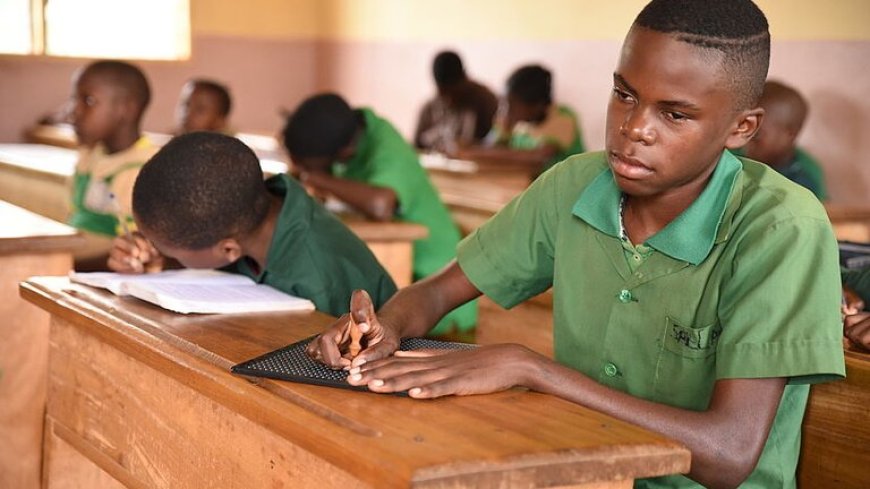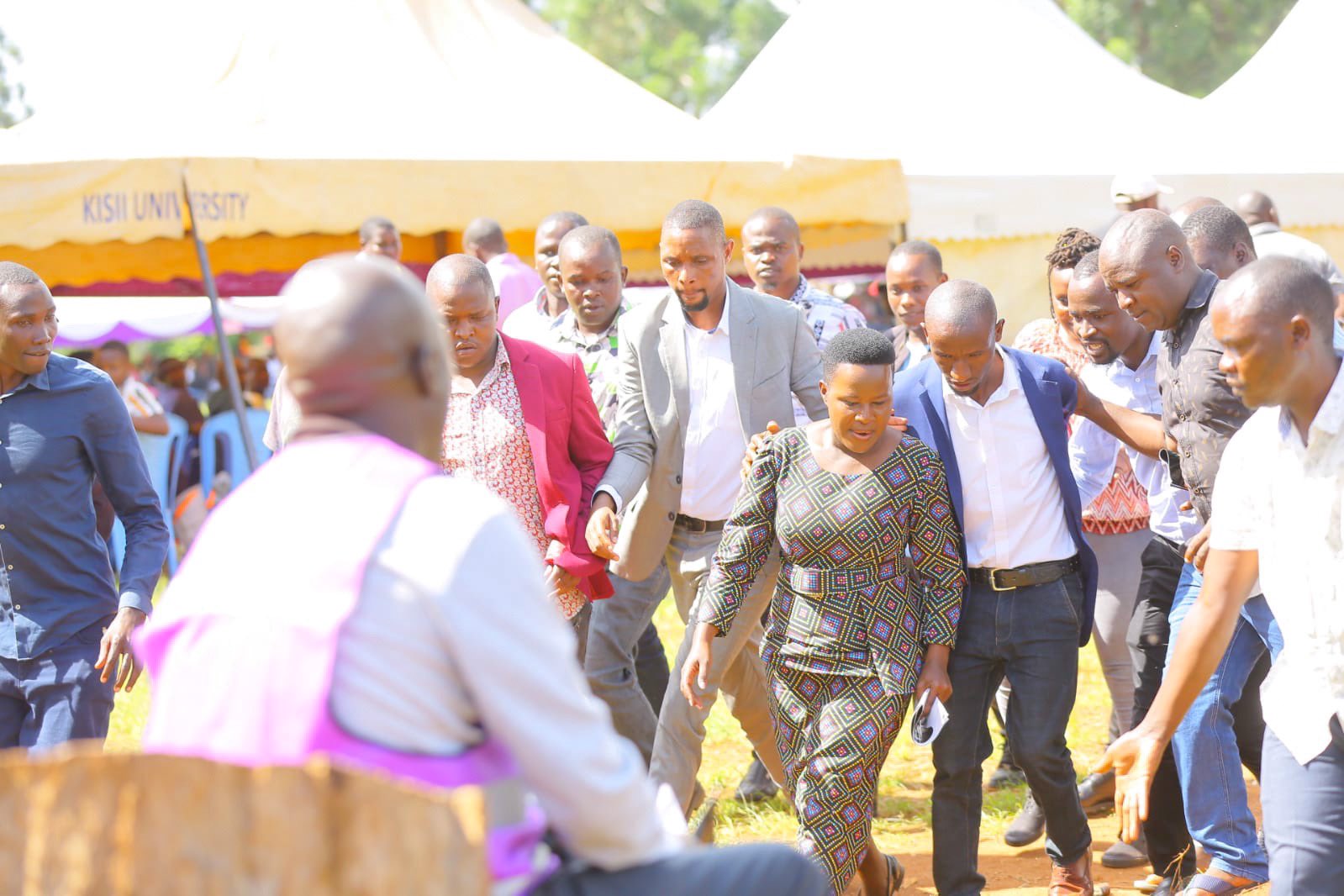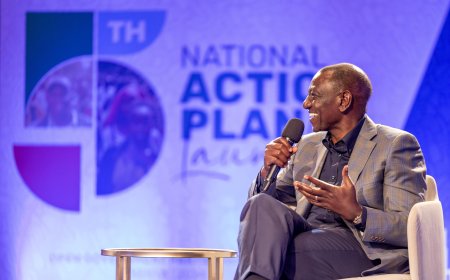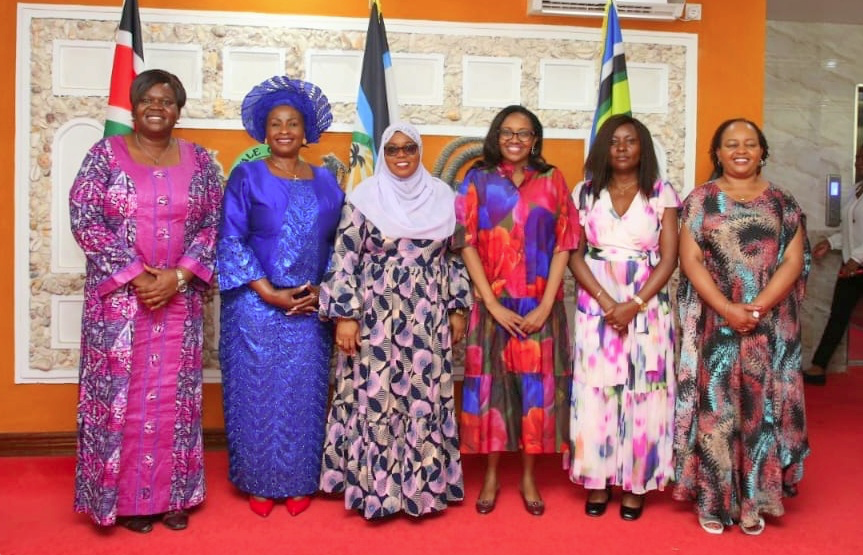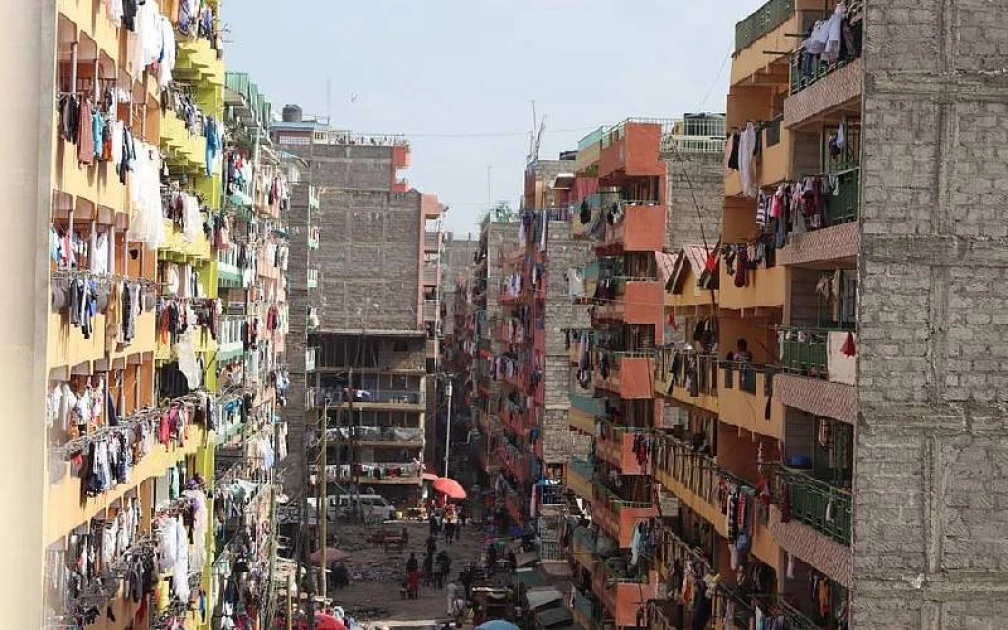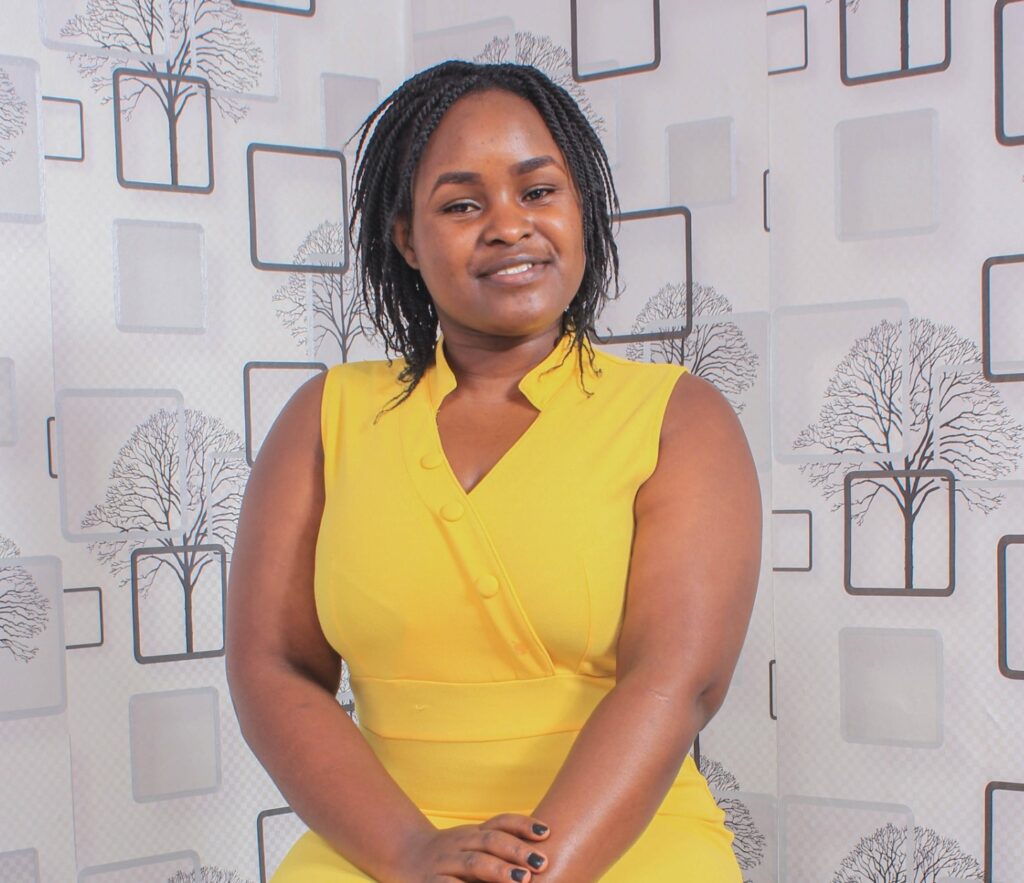Education is often hailed as the great equalizer, yet for many students with disabilities, the reality can be starkly different. Access to quality education is a fundamental right, but barriers remain that prevent equal opportunities for all. From the architecture of educational institutions to the philosophy behind teaching practices, the landscape of disability and education is complex. Let’s explore the accessibility of educational institutions, the role of inclusive classrooms, and the experiences of students with disabilities.
Accessibility in Educational Institutions
When we talk about accessibility in education, we must consider both physical and systemic barriers. Many educational institutions lack the necessary infrastructure to accommodate students with disabilities, from wheelchair ramps to accessible restrooms. These physical barriers can significantly hinder participation and engagement.
Beyond the physical realm, there are systemic issues at play. Curricula that do not account for diverse learning needs can alienate students with disabilities, making it challenging for them to thrive. The absence of trained staff to support these students further exacerbates the problem, leaving them without the resources they need to succeed.
Inclusive Classrooms: A Step Toward Equity
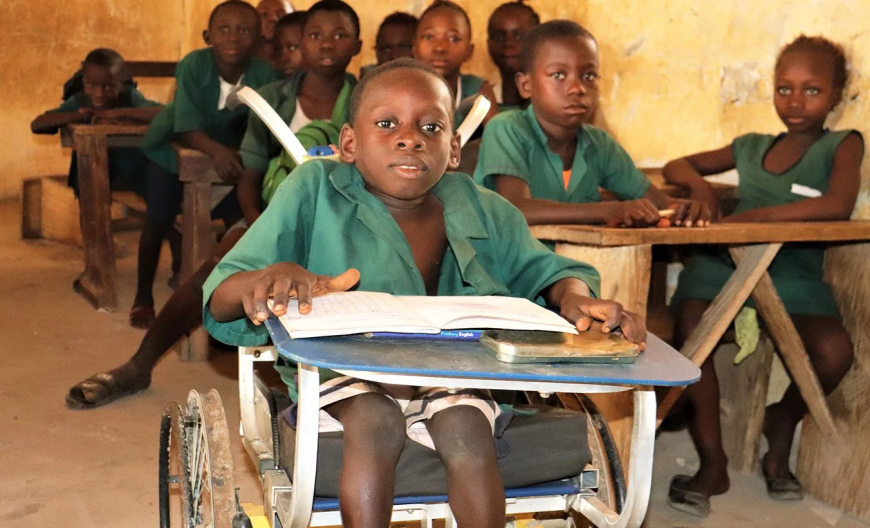
Inclusive classrooms are designed to accommodate students of all abilities, fostering an environment where diversity is celebrated rather than merely tolerated. This approach emphasizes collaboration, allowing students with disabilities to learn alongside their peers. Research has shown that inclusive education can lead to better academic outcomes and social skills for students with disabilities.
However, the success of inclusive classrooms hinges on adequate training and support for educators. Teachers must be equipped with the tools and knowledge to adapt their teaching methods and materials to meet the varied needs of all students. This may include differentiated instruction, assistive technologies, and collaborative strategies to foster peer support.
Special Education Programs: Tailored Support
For some students, special education programs provide the tailored support necessary to succeed. These programs can range from individualized education plans (IEPs) to specialized classrooms that focus on specific learning challenges. While special education can offer invaluable resources, it is essential to strike a balance between specialized instruction and opportunities for integration with peers.
Unfortunately, some students with disabilities may find themselves segregated in special education programs, leading to feelings of isolation and stigmatization. It’s crucial for educational institutions to promote inclusive practices that allow for meaningful interactions between students with and without disabilities, enhancing the educational experience for everyone.
The Experiences of Students with Disabilities
The experiences of students with disabilities can vary widely based on their individual needs, the support available, and the attitudes of their peers and educators. Many students face challenges related to bullying, misunderstanding, or lack of accommodation. This can lead to decreased self-esteem and a reluctance to engage fully in their education.
On the flip side, students who receive adequate support and encouragement often thrive, demonstrating resilience and determination. Their unique perspectives can enrich classroom discussions and foster a deeper understanding of diversity among their peers.
The Road Ahead: Advocating for Change
To create a more equitable educational landscape, we must advocate for systemic changes that prioritize accessibility and inclusion. This includes investing in physical infrastructure, providing comprehensive training for educators, and ensuring that curricula reflect the needs of all learners.
Moreover, involving students with disabilities in discussions about their educational experiences can provide invaluable insights. Their voices should be heard and valued in the decision-making processes that shape educational policies and practices.
Conclusion
Disability and education are intertwined in a complex tapestry of challenges and opportunities. By addressing accessibility, promoting inclusive classrooms, and supporting special education programs, we can build bridges that enable all students to reach their full potential. Education should be a space where everyone is welcomed, valued, and empowered. Together, we can advocate for a future where every student, regardless of ability, has the opportunity to thrive in their educational journey.
